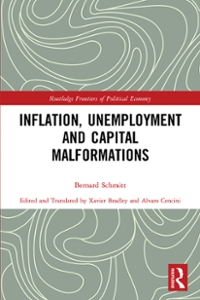Question
1.3. What is meant by increasing marginal opportunity costs? What are the implications of this idea for the shape of the production possibility frontier? 11.9.
1.3. What is meant by increasing marginal opportunity costs? What are the implications of this idea for the shape of the production possibility frontier? 11.9. You have exams in economics and statistics coming up and five hours available for studying. The table shows the trade-offs you face in allocating the time you will spend in studying each subject. HOURS SPENT STUDYING EXAM SCORE CHOICE ECONOMICS STATISTICS ECONOMICS STATISTICS A 5 0 95 70 B 4 1 93 78 C 3 2 90 84 D 2 3 86 88 E 1 4 81 90 F 0 5 75 91 a. Use the data in the table to draw a production possibility frontier graph. Label your vertical axis 'Score on economics exam' and label your horizontal axis 'Score on statistics exam'. Make sure you label the values where your production possibility frontier intersects the vertical and horizontal axes. b. Label the points representing choice C and choice D. If you are at choice C, what is your opportunity cost of increasing your statistics score? c. Under what circumstances would A be a sensible choice? 2.1 What is absolute advantage? What is comparative advantage? Is it possible for a country to have a comparative advantage in producing a good without also having an absolute advantage? Briefly explain. 2.2. What is the basis for trade? What advantages are there to specialisation? 2.3. [Related to Don't let this happen to you] Using the same amount of resources, Australia and New Zealand can both produce apples and oranges as shown in the following table, measured in thousands of tonnes. AUSTRALIA NEW ZEALAND APPLES ORANGES APPLES ORANGES 12 0 6 0 3 3 3 3 0 4 0 6 a. Who has a comparative advantage in producing apples? Who has a comparative advantage in producing oranges? Explain your reasoning. b. Does either country have an absolute advantage in producing both goods? Explain. c. Suppose that both countries are currently producing 3000 tonnes of apples and 3000 tonnes of oranges. Show that both can be better off if they specialise in producing one good and then engage in trade.
Step by Step Solution
There are 3 Steps involved in it
Step: 1

Get Instant Access to Expert-Tailored Solutions
See step-by-step solutions with expert insights and AI powered tools for academic success
Step: 2

Step: 3

Ace Your Homework with AI
Get the answers you need in no time with our AI-driven, step-by-step assistance
Get Started


